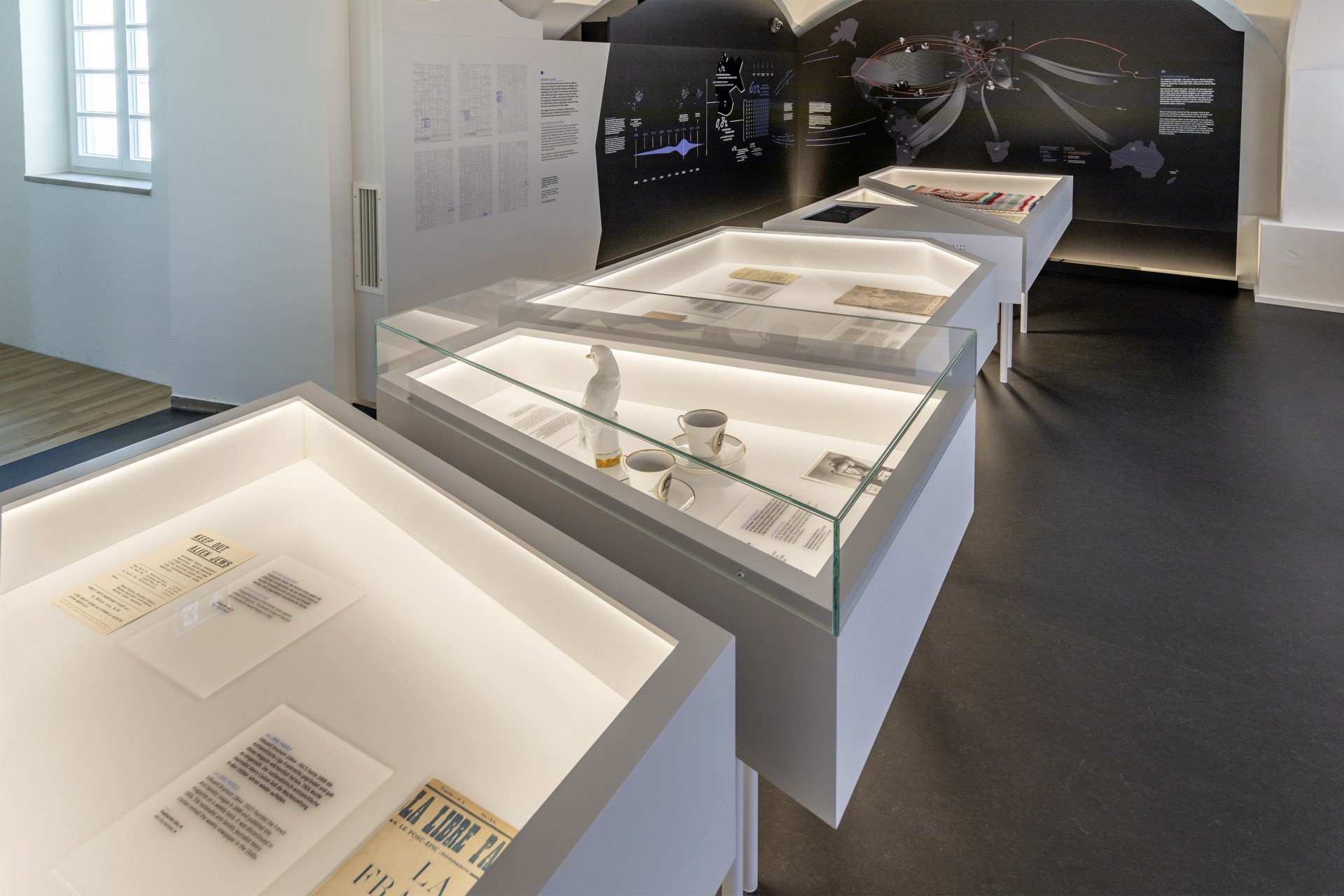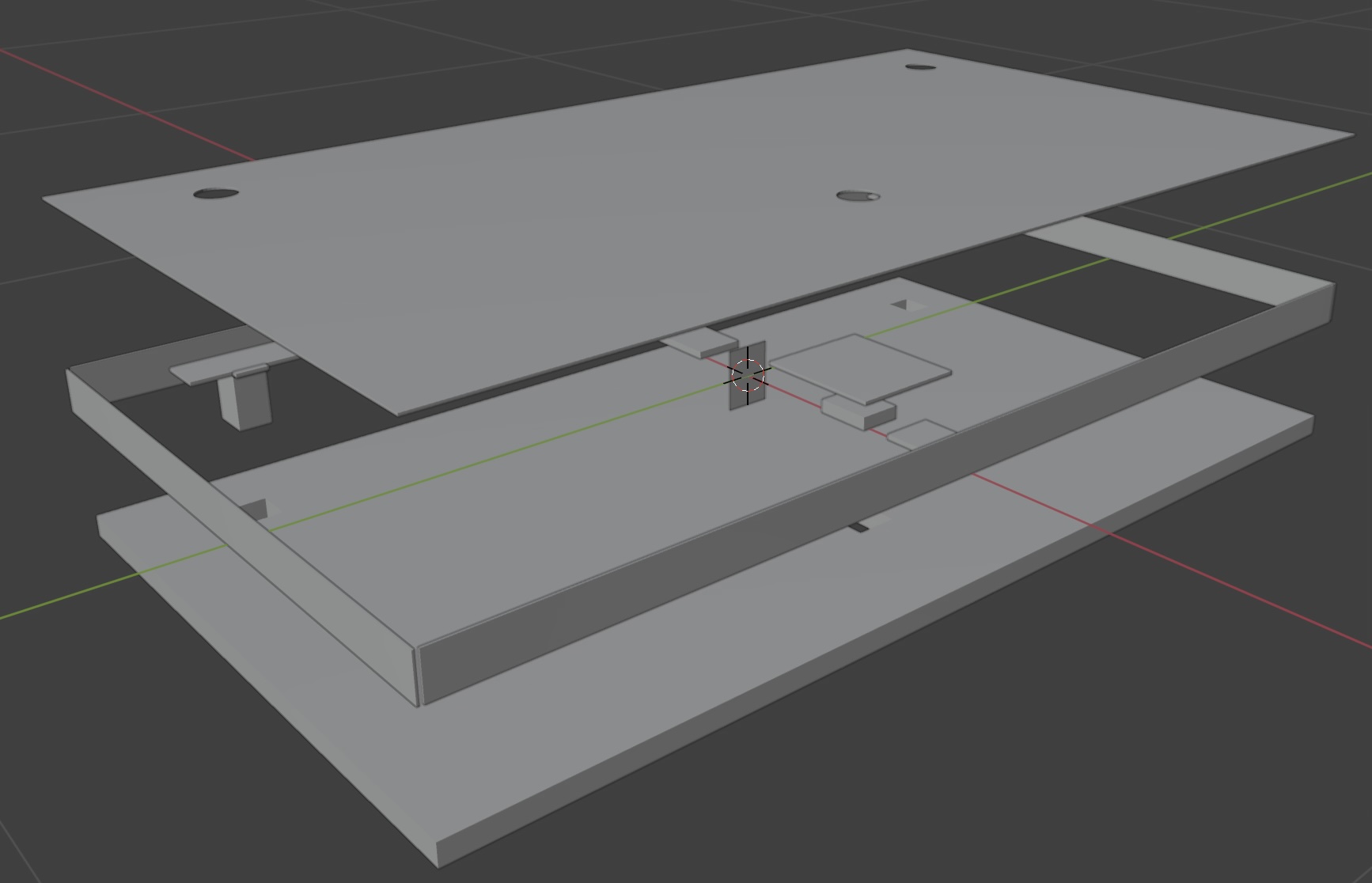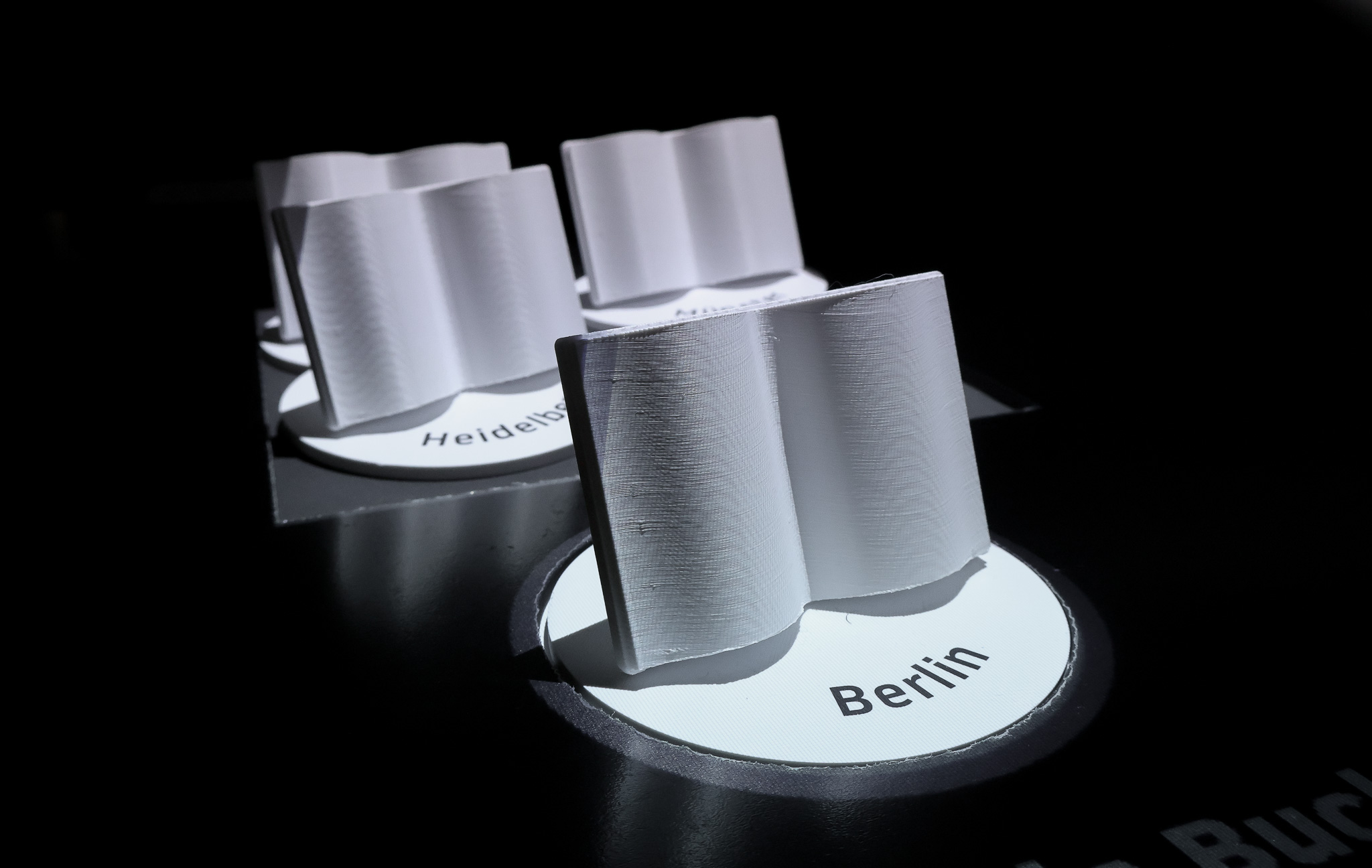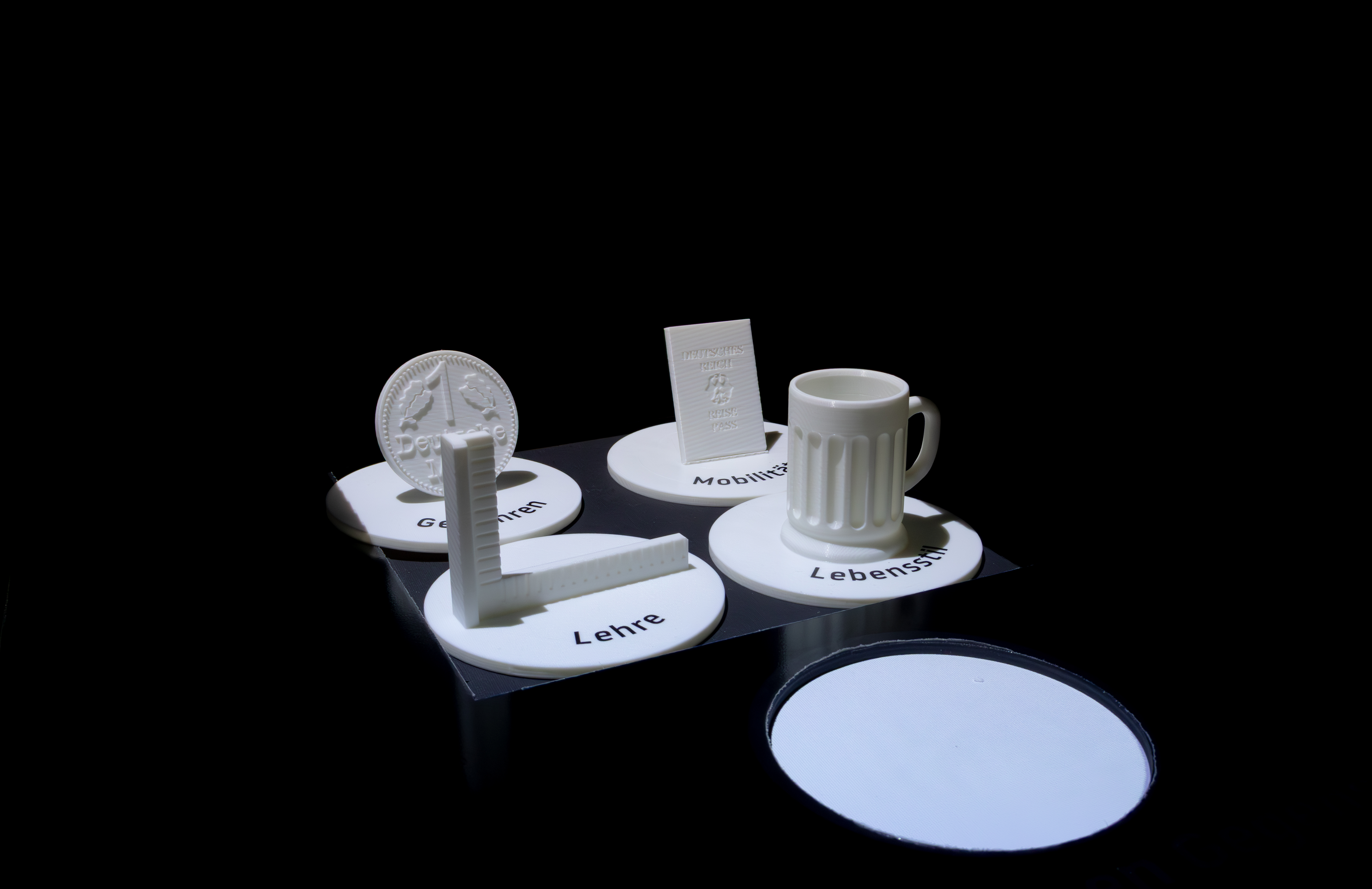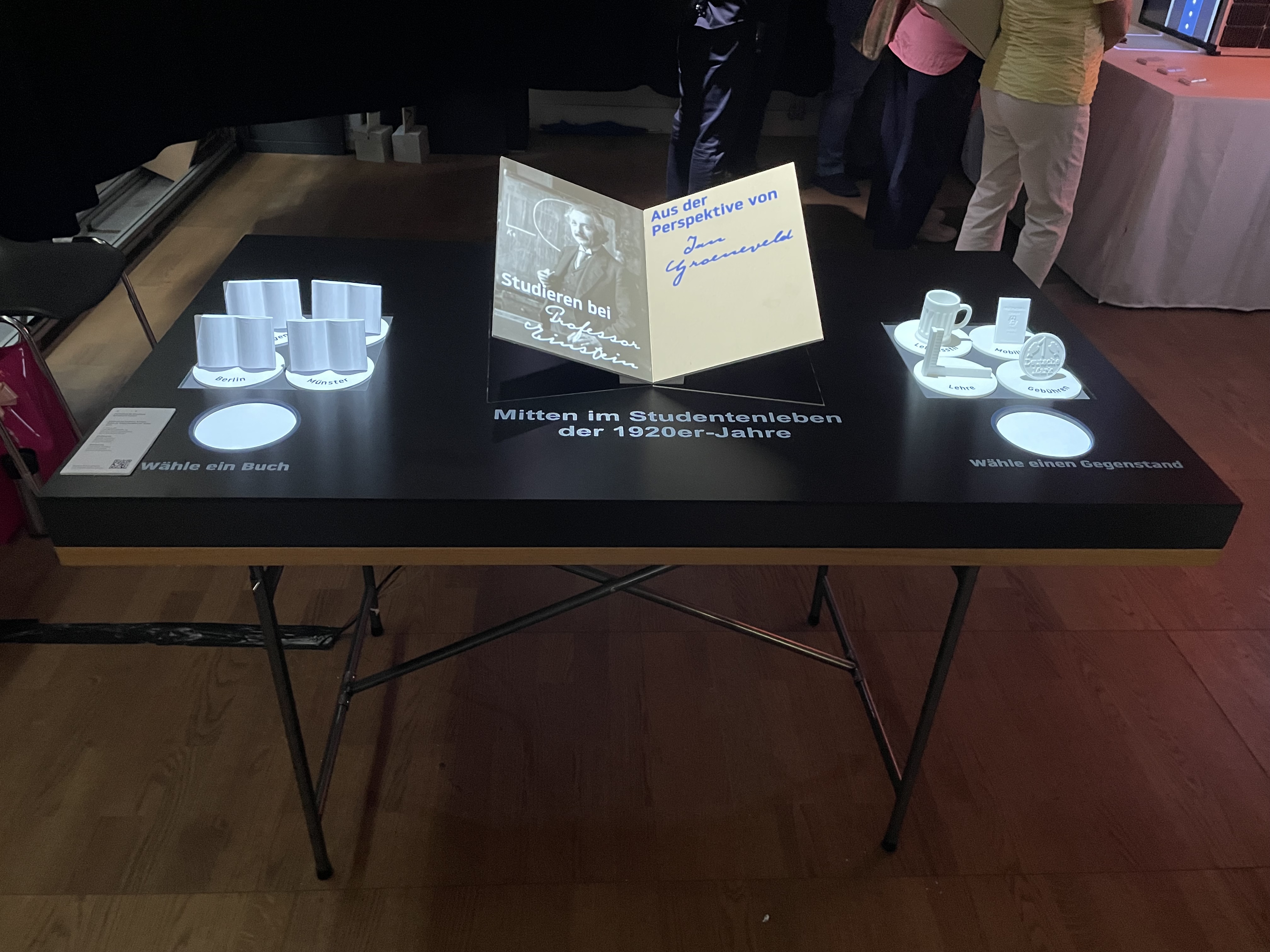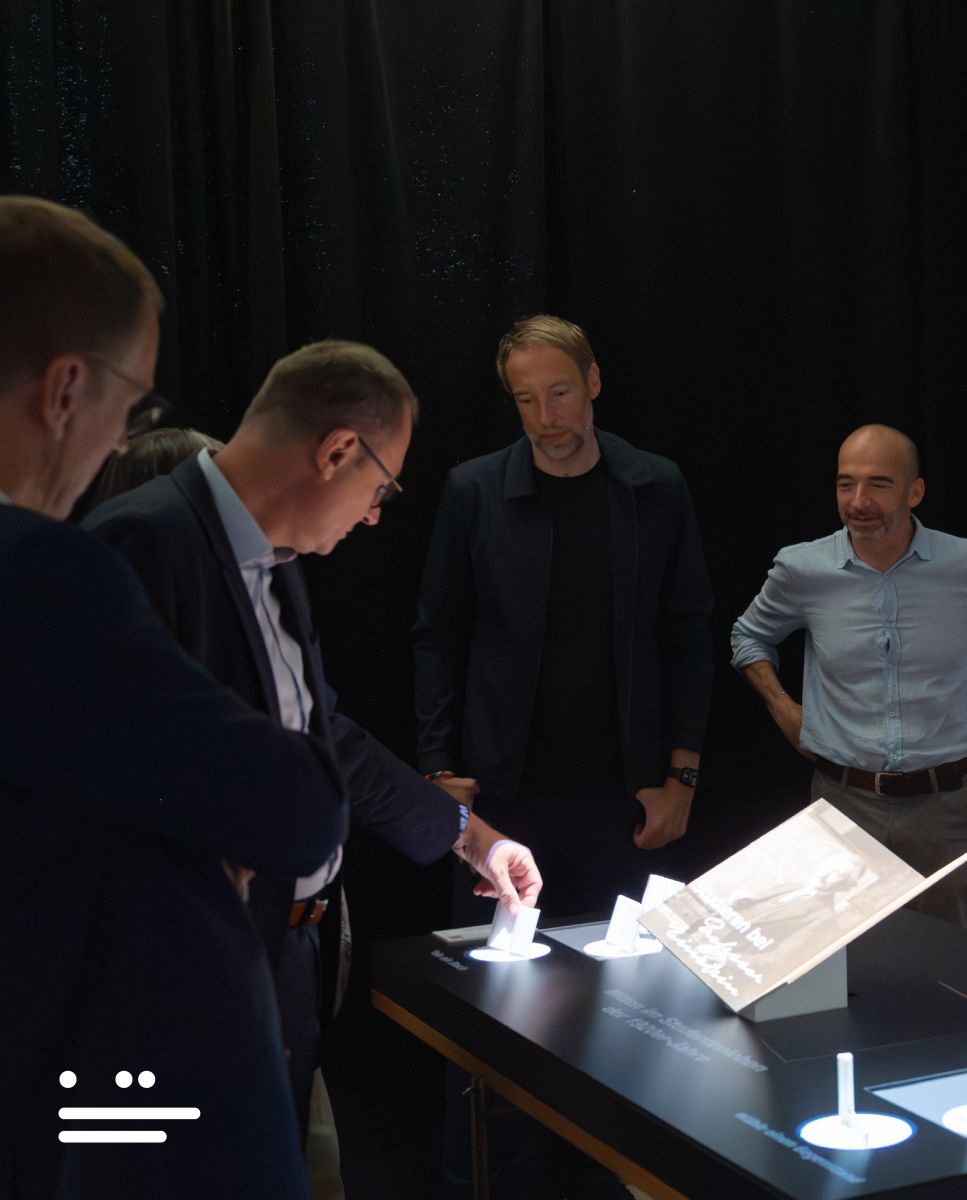After an exclusive tour of the Die Einsteins museum in Ulm, we received topic suggestions based on the museum's collections and ongoing developments. The museum explores Albert Einstein's family history within the wider context of Jewish heritage and local history through immersive, interactive exhibits.
Our group chose to focus on a "Student Registration Book" belonging to Jan Groneveld, which records his movements and studies in the 1920s, including encounters with Professor Einstein. The museum's brief challenged us to create an engaging, interactive way for visitors to explore his story.

